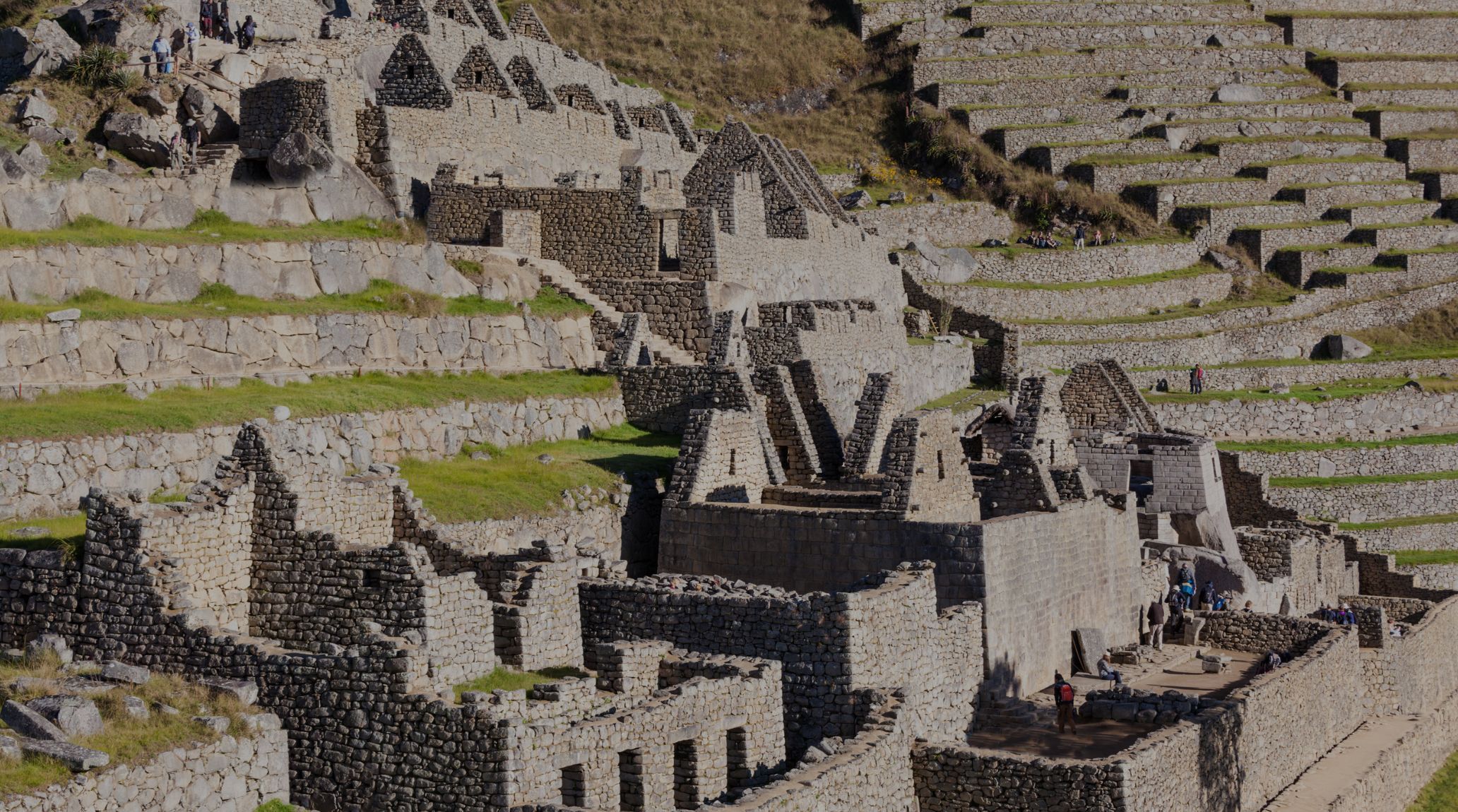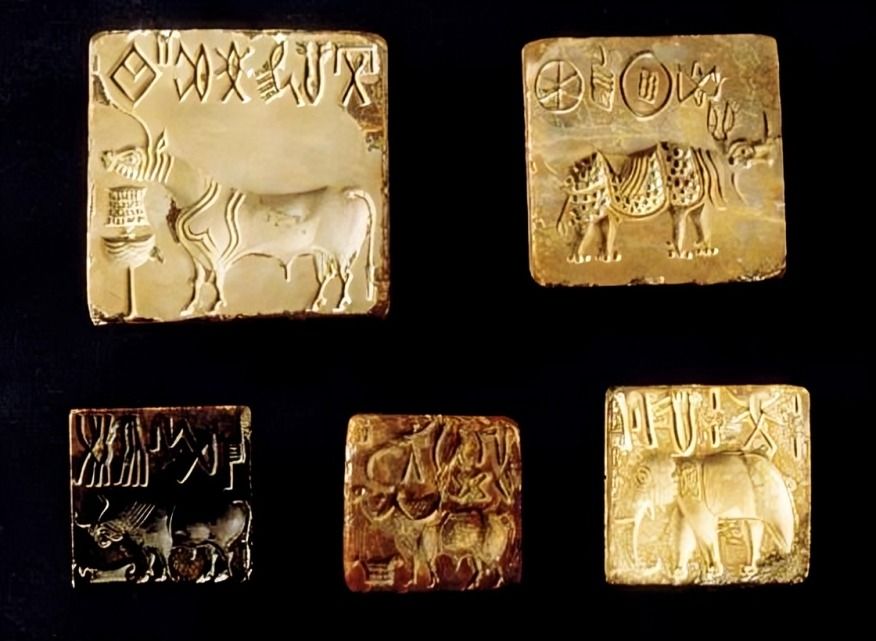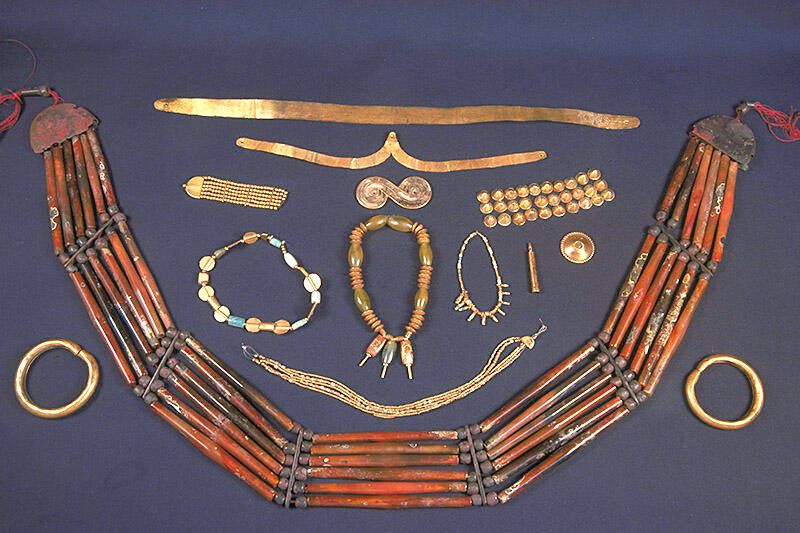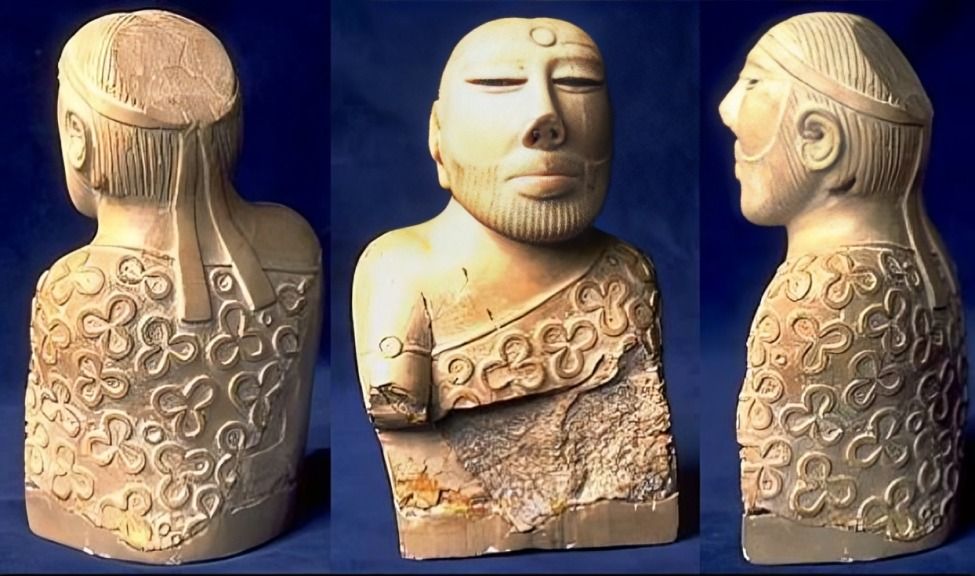
“
The Indus Valley Civilization, one of the oldest in human history, thrived over four millennia ago in what is now modern-day Pakistan and northwest India. Join us as we uncover 20 remarkable facts about daily life in the Indus Valley, shedding light on their customs, achievements, and enduring legacy.1
1
”
The Indus Valley Civilization, known for its advanced urban planning, left a lasting legacy in cities like Mohenjo-daro and Harappa. These cities featured sophisticated drainage systems and grid-like street layouts.1
Hygiene was a top priority in the Indus Valley. Each house boasted its own bathroom connected to a city-wide sewerage system. This emphasis on cleanliness not only promoted public health but also their advanced understanding of sanitation practices.2
Skilled artisans in the Indus Valley excelled in producing intricate pottery, jewelry, and tools. Using materials like bronze, copper, and stone, they created artifacts that served both practical and aesthetic purposes, showcasing their craftsmanship. 3
Trade was a vital component of the Indus Valley economy. They engaged in extensive trade networks with Mesopotamia and other regions, exchanging goods such as pottery, textiles, and beads. 4

The Indus Valley Civilization developed a script that remains undeciphered to this day. Found on seals used for trade and administrative purposes, this script hints at a sophisticated system of communication.
Archaeologists have uncovered dice and small figurines, suggesting that board games and other forms of entertainment were popular, reflecting a well-rounded and socially active community life. 5
Clothing in the Indus Valley was not just functional but also a reflection of their cultural identity. People wore garments made from cotton and wool, often decorated with intricate patterns and dyes, showcasing their advanced textile industry. 6
Religion held a central place in Indus Valley life. Artifacts like figurines and seals depict deities associated with fertility and nature, suggesting a deep spiritual connection and religious practices. 7
The Indus Valley society was likely stratified, with distinct roles for rulers, priests, artisans, and laborers. This social hierarchy influenced their urban planning, trade practices, and burial customs, shaping their civilization. 8

Jewelry and ornaments made from gold, silver, and semi-precious stones displayed intricate craftsmanship. These items were not only symbols of wealth and status but also cherished for their beauty and cultural significance.
Metalworking was highly developed in the Indus Valley. Skilled metallurgists crafted tools and ornaments from metals like bronze and copper, demonstrating their technological advancements and industrial capabilities. 9
Evidence indicates that children were a central part of family life. Toys, such as small carts and figurines, have been found, suggesting that play was an important aspect of childhood. 10
Due to the intense heat in the Indus Valley, the inhabitants often preferred to spend time outdoors, engaging in various activities in communal spaces and shaded areas, which provided relief from the sweltering temperatures. 11
Burial practices in the Indus Valley revealed rituals associated with death and beliefs in an afterlife. The dead were buried in cemeteries outside the city, sometimes with personal belongings, honoring their departed. 12

Art and sculpture flourished in the Indus Valley Civilization. Sculptures portrayed human figures engaged in activities like dancing and rituals, reflecting their artistic expressions and cultural heritage.
Healthcare in the Indus Valley was rudimentary yet indicative of their concern for well-being. Medical tools such as scalpels and needles were found, suggesting early medical practices and a desire to alleviate suffering. 13
Cosmetics played a role in Indus Valley grooming practices. Materials like kohl for eye makeup reflected their attention to personal appearance and cultural norms surrounding beauty. 14
Seals with inscriptions implied a structured legal system in the Indus Valley Civilization. This system of record-keeping and administration of justice underscored their organized society and governance. 15
Technological innovations in urban planning and drainage systems marked the Indus Valley Civilization as pioneers in early urban development. Their engineering feats paved the way for future civilizations in the region. 16
Agriculture formed the backbone of the Indus Valley economy. Farmers cultivated crops such as wheat, barley, and pulses supported by an efficient irrigation system. This ensured food security and sustained their growing population. 17


